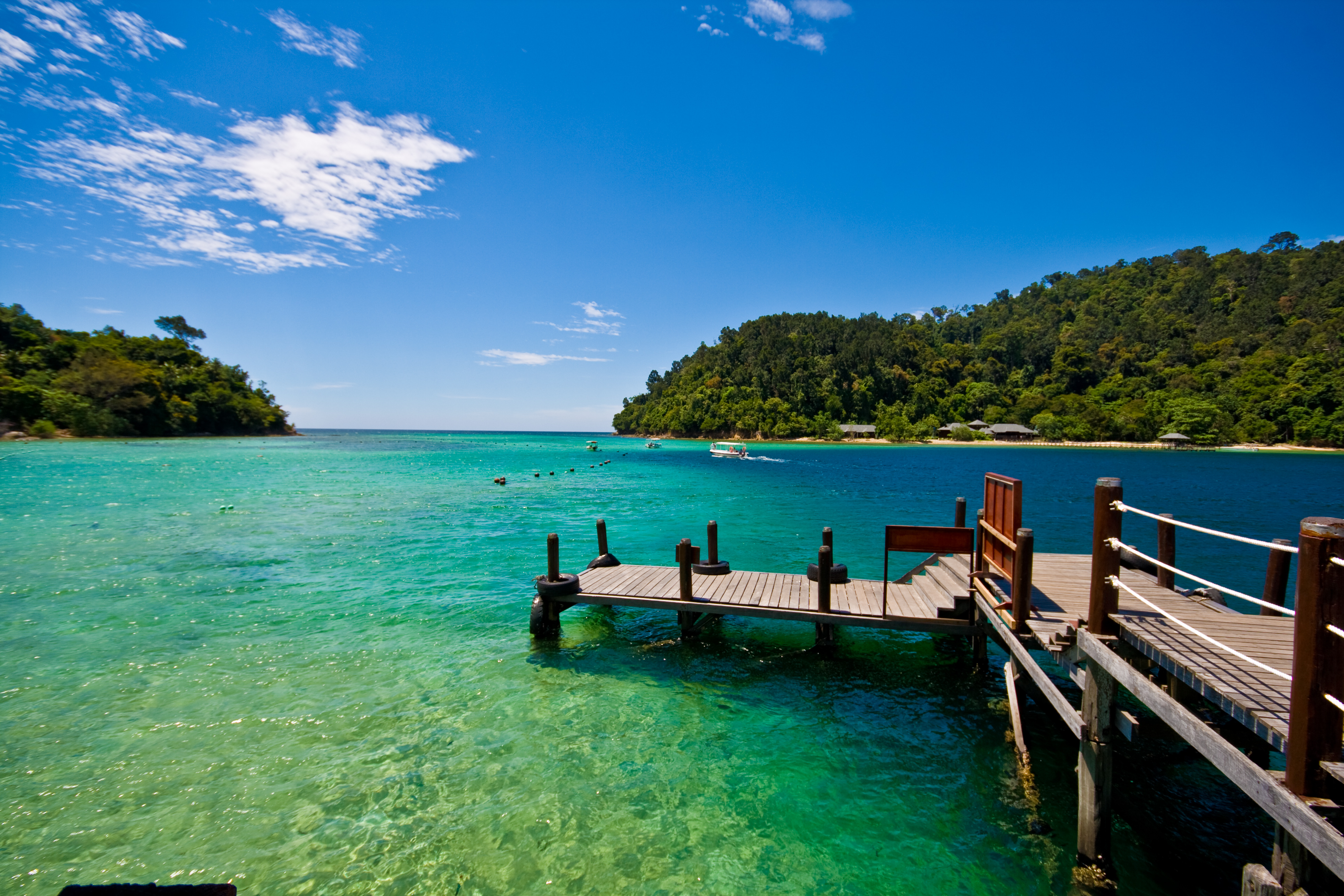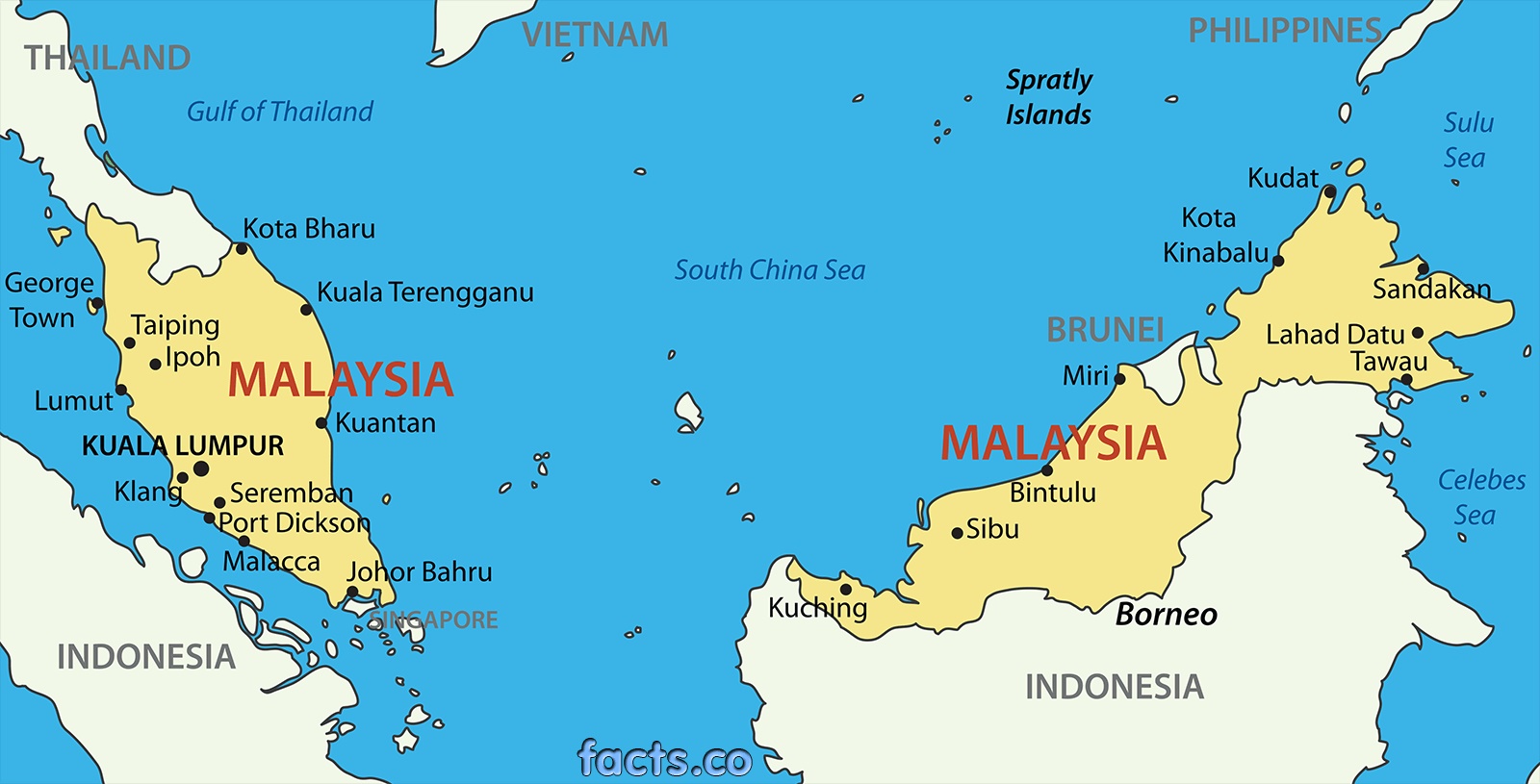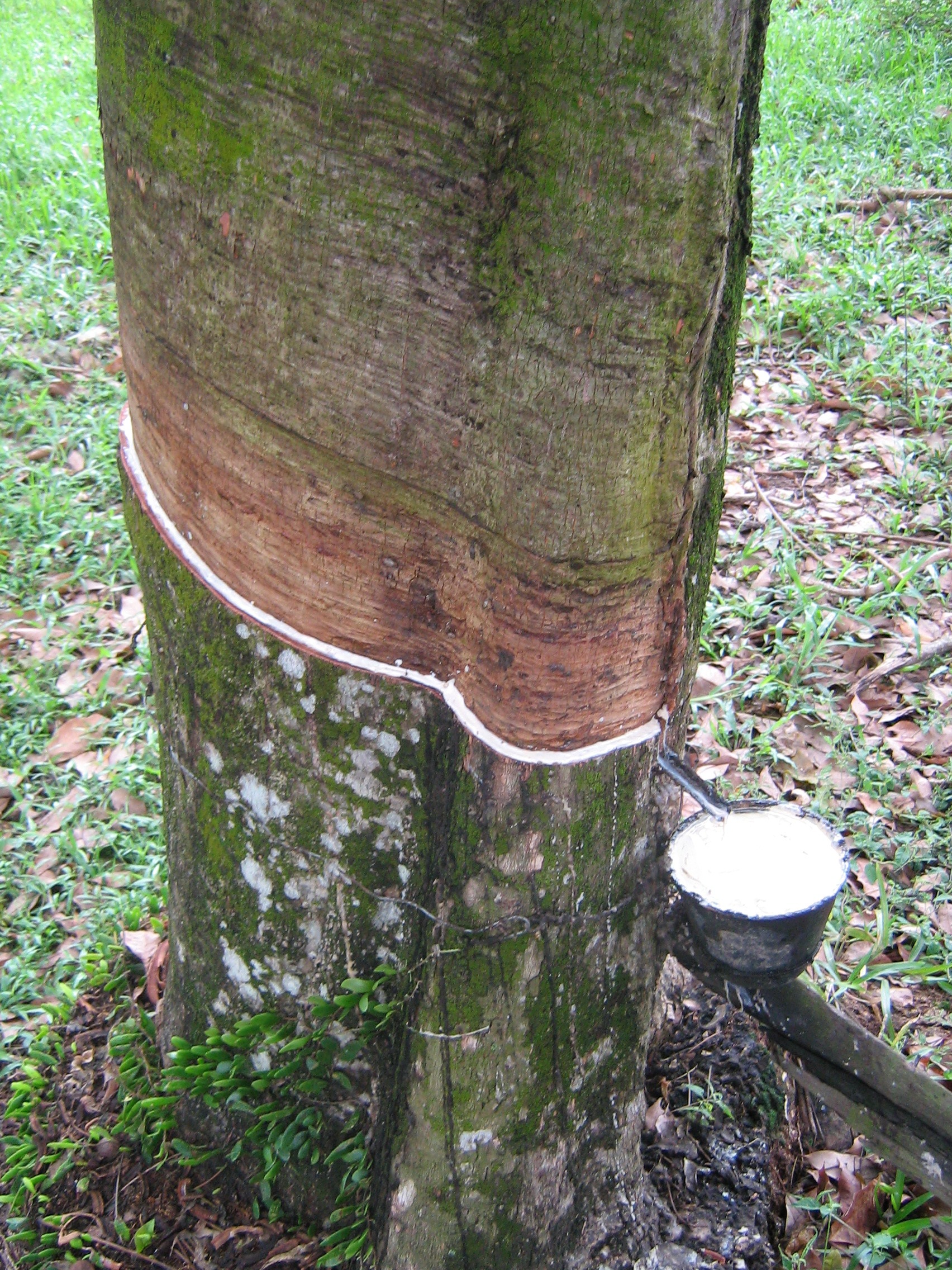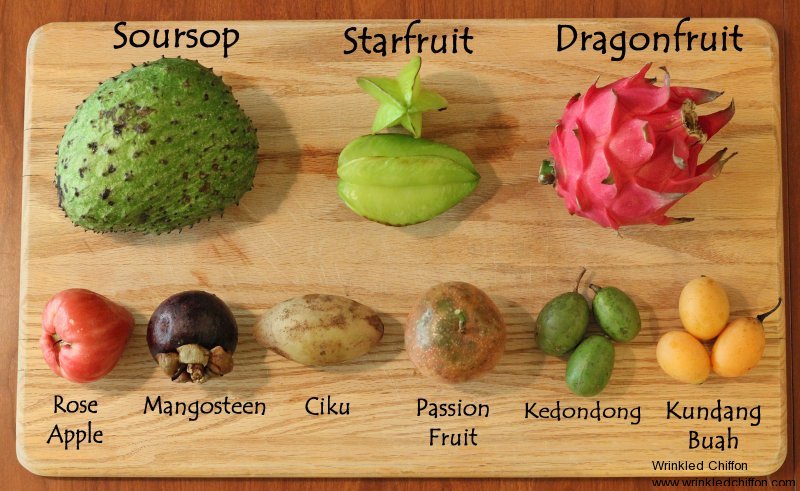When I was an elementary school student, we used to
have pen pals where we would write actual letters to kids from across the
country or across the world. I had three, some I kept longer than others:
Arlington, Virginia; Cebu Island, Philippines; and Kuala Lumpur, Malaysia. If I
remember correctly, I wrote to a girl from the Philippines for the longest, but
I believe the girl from Malaysia was the last one I had. Pen pals were great –
it not only helped with letter writing skills, but it also allowed you to learn
language skills and other people’s culture. But with all the technology we
have, I think this seems to be a lost art.
The name Malaysia came from the word “Malay” (as in
Malay Peninsula or Malay people or Malay language) with the Greek ending “-(s)ia.”
As the Europeans moved into the region in search for spices among other things,
it took a while for people to finally agree what to call this area. It was
generally some variant of Malaya, and eventually everyone landed on Malaysia.
Malaysia is located in Southeast Asia and is divided
into two regions: one region consists of the Malay Peninsula and is attached to
the Asian mainland via its border with Thailand, with Singapore hanging onto
its southern border. The other part of the country is located on the island of
Borneo, the third largest island in the world. This island contains the
Malaysian regions of Sabah and Sarawat along with the countries of Brunei and
Indonesia. These two regions are separated by the South China Sea that runs
between them. Because Malaysia is a tropical country, it has an immense
biodiversity. Nearly two-thirds of the country is forested, and they boast a
megadiverse ecology comprised of hundreds of varieties of snakes, frogs, birds,
plants, and other wildlife.
It’s thought that the first inhabitants of Malaysia
were Negritos, a dark-complexioned people who have ties with Africa. Traders from
India and China started moving into the area sometime during the 1st
century. They began establishing trading centers and outposts throughout the
lands, spreading both Hinduism and Buddhism at the same time. Different
kingdoms began to pop up, like the Langkasuka, the Srivijaya, and the Majapahit
Kingdoms. The Malacca Sultanate was an important center for commerce and was
the first independent state in the area. The Portuguese took over Malacca, and
then the Dutch came in afterwards and took it for themselves. During the late
1700s, the British moved into Malaya and established the East India Company,
taking Malacca, Singapore, and other nearby areas. During WWII, the Japanese
invaded and set up an occupation over much of the country. Ethnic tensions led
to a sense of nationalism, and although the British had their suggestions as to
how to establish their autonomy, the Malays didn’t like it at all. After the
war, the communist party built momentum in order to kick out the British. They
eventually did gain their independence in 1957. Singapore, Sabah, and Sarawat
joined in 1963, but Singapore later removed itself to establish its own
country. The 1980s brought Malaysia a period of quick growth and urbanization
in a shift to becoming more dependent on industry, manufacturing, and
eventually technology. Although they went through an economic collapse during
the 1990s, Malaysia now frequently makes the list for best countries to visit
and/or retire to.
With nearly 1.6 million people (and an estimated
7.2 million for the metro area), the capital city of Kuala Lumpur is the most
populous city in Malaysia. It acts as Malaysia’s commerce, financial, media, and
educational center. Many of the federal government duties are centered in the
city of Putrajaya, about 15 miles south of the capital. Not only is the city on
the Formula One circuit, but it’s also home to the futuristic Petronas Towers,
the world’s tallest twin towers. They officially surpassed the Sears Tower in
Chicago (No, I’m not calling it Willis Tower. Sorry, it’ll always be Sears
Tower to me.) in 1998, and in 2004, the Taipei 101 building took the crown for
tallest building. Located on the Peninsula, the city also acts as an arts and
sports center for the country.
Malaysia has an industrialized economy and is one
of the stronger economies in Asia. It ranks as the 28th strongest
economy in the world, and some reports estimate that it’s well on its way to
becoming part of the “developed” countries. It also depends on mining and
agriculture as well: Malaysia is a leading exporter of rubber, tin, and palm oil.
Tourism (especially ecotourism) also plays a factor, although recent mishaps
with Malaysia Airlines led to a slight decline in flights. The country ranks
high on retirement studies based on long-stay visas (up to 10 years!), warm
weather, a modern infrastructure, and a large number of people who can speak
some English.
Although the country says it has a freedom of
religion, Islam is listed as the state religion. Of those who practice Islam
(over 61% of the population), Sunni is the dominant denomination. Because of
its ethnic makeup and history, Buddhism, Christianity, and Hinduism are also
significant religions in Malaysia. There are also smaller numbers who follow
other Chinese religions and philosophies, such as Taoism and Confucianism.
The official and national language here is Bahasa
Malaysia (or sometimes written as Bahasa Melayu). Although the Latin script is
used most of the time, the Jawi script is also used. Jawi script is an
Arabic-based script used to transcribe several Southeast Asian languages. While
English served its purposed once upon a time, it’s not used as much now in any
official status (except perhaps in the Sarawak region). Malaysian English is
based on British English but also uses elements of Chinese, Malay, and Tamil.
The government doesn’t really like the use of non-standard Malay, but what can
they do without looking like jerks? You’ll also find pockets of various Chinese
dialects, Tamil, Thai, and other Creole languages spoken throughout the
country.
Malaysia is a land of tradition mixed with
modernity. It’s a land of ancient superstition mixed with a fast-growing
high-tech jobs market. It’s a diverse mix of cultures that still divides itself
between Malay and non-Malay (bumiputra). It’s a country that uses herbs and
plants from its ancient rainforests to make modern medicine. In one state,
movie theatre lights are kept on to discourage people from making out, but in
another state, there’s a tribe where the men pierce their male parts with a bunch of random stuff and show
it off trying to entice the women. (Does this even work??) Perhaps it’s this
dichotomy that makes the country what it is. And I’m excited to venture into
what they have to offer and taste what delicious food they have.
Up next: Art and Literature







your description of malaysia is spot on
ReplyDeletei love the photos of the rubber tapping and fruits(it's very local knowledge, kudos to you)
thanks for sharing our culture and history to your readers and the world.
much love!
peace